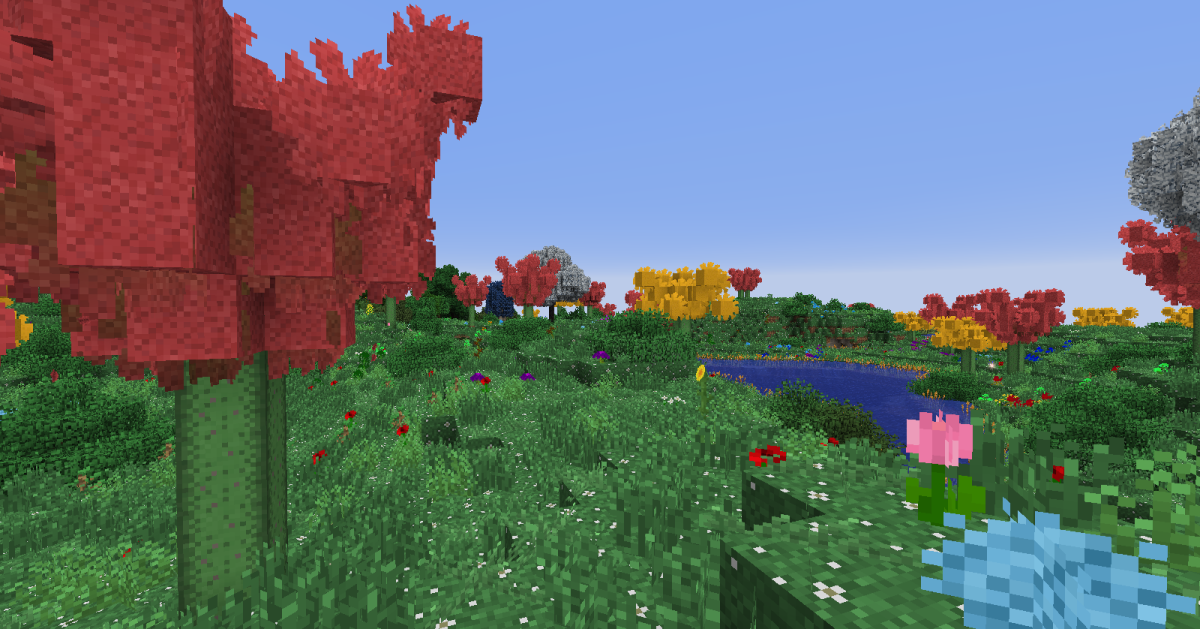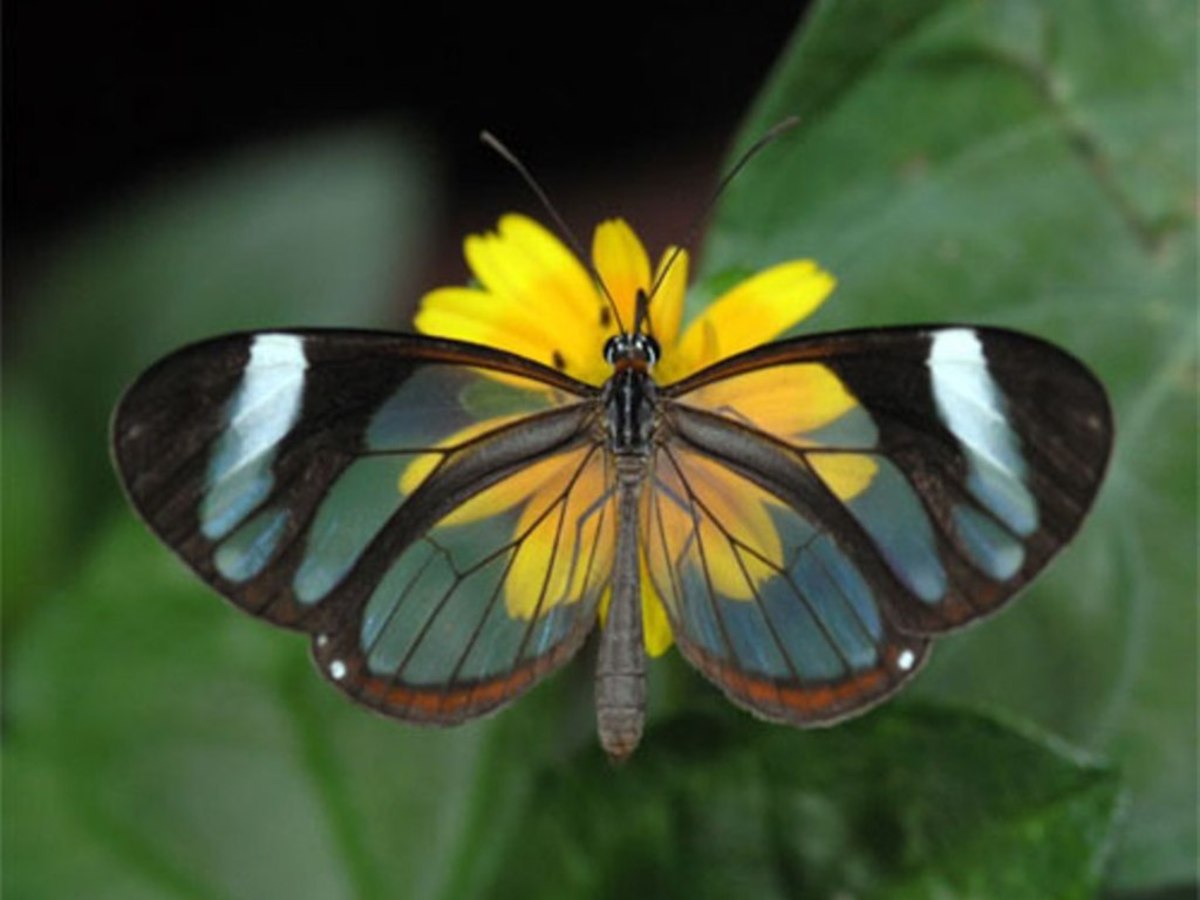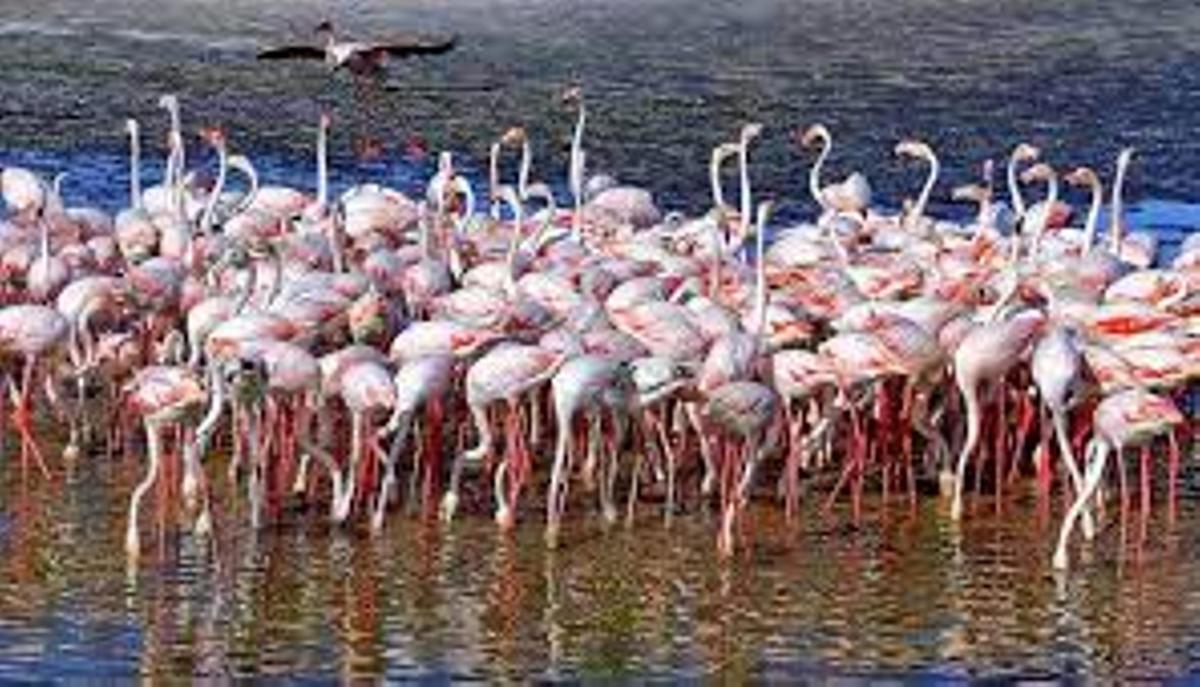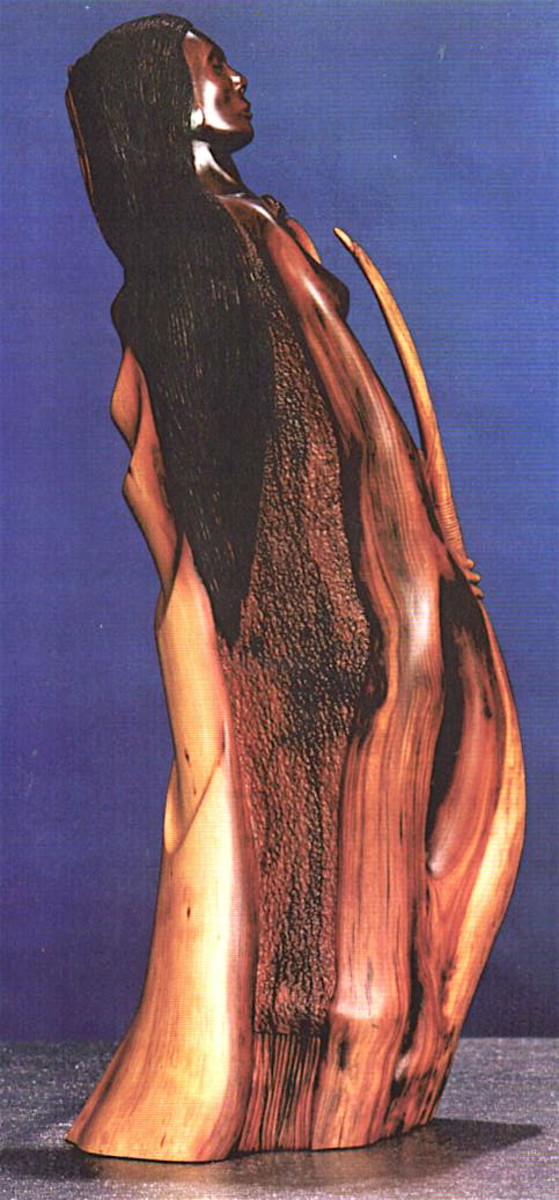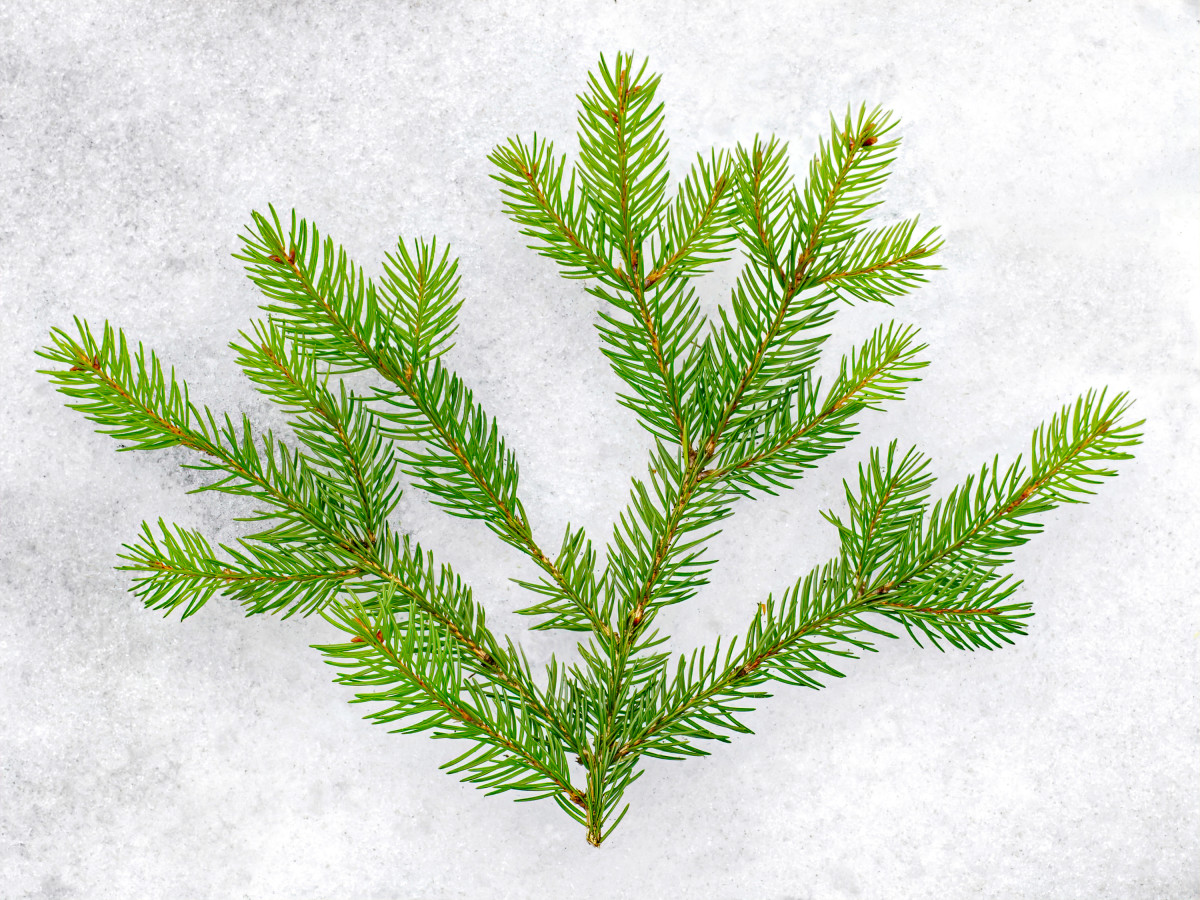Portugal’s forests that grow on sand
A forest in Portugal growing on sand
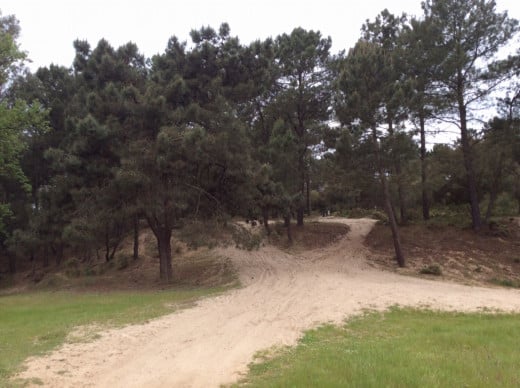
Portugal is a very varied country when it comes to natural habitats and the diversity of its fauna and flora. It is a naturalist’s dream with its mountains, forests, heaths, rivers, wetlands and scrub-land.
Portugal is home to countless species of animals and plants, many of which are endemic and many are endangered species too. One of its most notable animals in danger is the Iberian Lynx (Lynx pardinus). Its main habitat today is the forest in Portugal. Sadly the forests in Portugal are increasingly being destroyed by wild fires in the country where Global Warming is causing droughts.
Amongst the very varied habitats to be found in Portugal are its extensive forests and some of these are very unusual because they are growing on sand.
For example, just outside the town of Quinta do Conde which is situated inland between Lisbon and Setubal, you can find wooded areas and heathland where the soil is mostly sandy and in many places is just sand. If you didn’t know you were miles from the sea you would think the ocean is close by.
A sandbank in a forest in Portugal
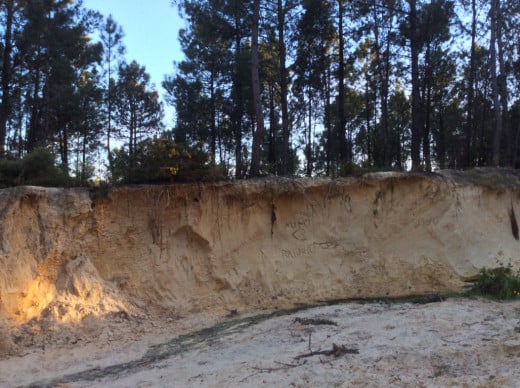
Cork Oak (Quercus suber)
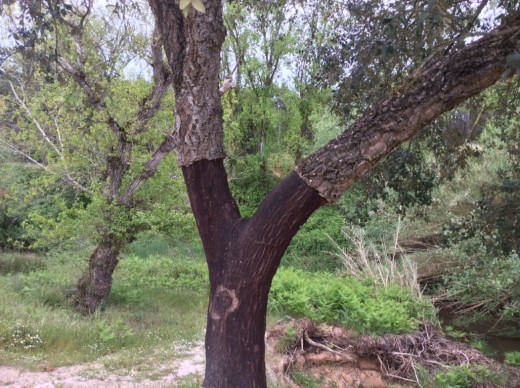
Evergreen trees that grow in forests on sand
Amongst the trees that can be found growing in these forests and in the surrounding areas are several species of Pine, including the Umbrella Pine or Stone Pine (Pinus pinea) and the Aleppo Pine (P. halapensis).
Cork Oak (Quercus suber) and Holm Oak (Quercus ilex) are common species of evergreen oak. The Cork Oaks often have conspicuous missing bark where they have been harvested for their cork. This species is a valuable renewable resource in Portugal which supplies 50% of the world's cork.
The Blue Gum (Eucalyptus globulus) is an introduced and naturalised species that often forms large stands of trees.
Prickly Juniper (Juniperus oxycedrus) can be found in the heath and scrub-land bordering the forested areas.
Shrubby Gromwell
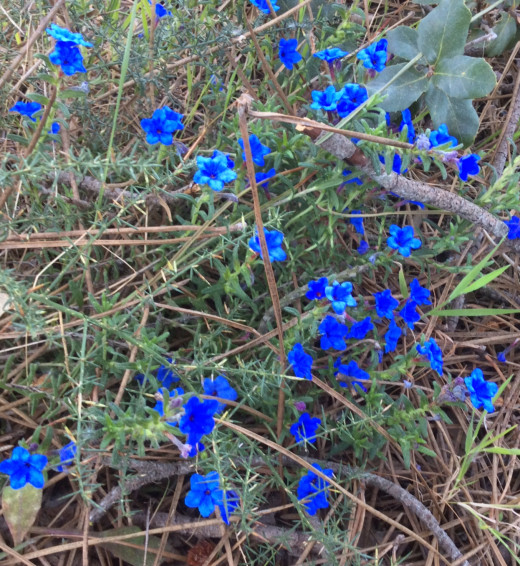
Silene species
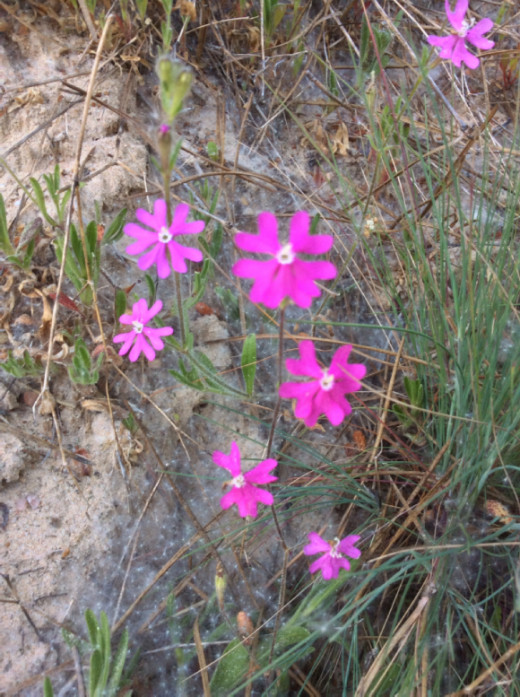
Rockroses growing in sand
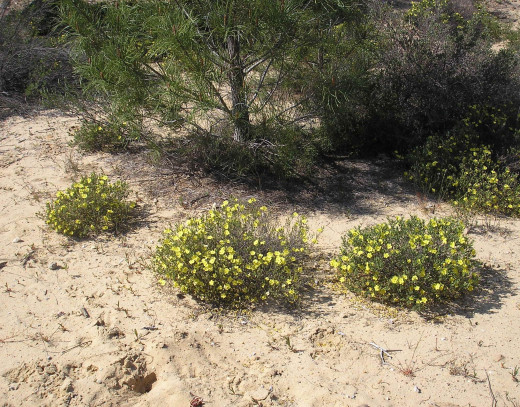
Spring flowers
In the spring especially. It is a real pleasure walking in these forests and in the heathlands surrounding them because of the diversity of spring flowers. The bright blue Scrambling Gromwell (Lithodora diffusa) are sure to catch your eye, as are the yellow, white and pink-flowered species of Rockrose (Cistus) that form colourful clumps of flowers and foliage.
You might see the pretty pink flowers of a Catchfly species (Silene), and clumps of the very aromatic French Lavender (Lavandula stoechas) often grow in the wooded clearings and in the sandy heaths.
The White Asphodel (Asphodelus albus) produces spikes of pretty white starry flowers in spikes high above its long-leaved rosettes.
Look out for the weird cowls that shelter a yellow spadix (spike) of the Italian Lords-and-Ladies (Arum italicum). This plant is closely related to the British Cuckoo Pint (A. maculatum), which is a familiar sight in spring and its strange flowers are followed by clusters of bright red berries on short stems. Both species grow from underground tubers.
Fennel (Foeniculum vulgare) is a medicinal and culinary herb that grows along paths in this type of woodland, and elsewhere on roadsides and waste ground.
Italian Lords-and-Ladies
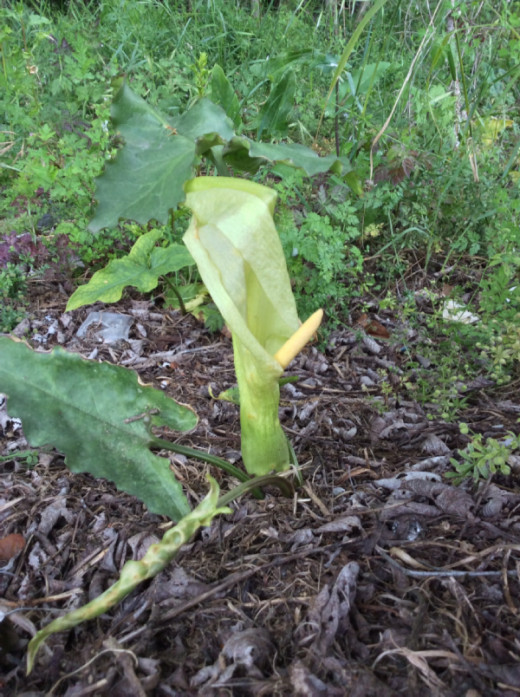
Swallowtail Butterfly
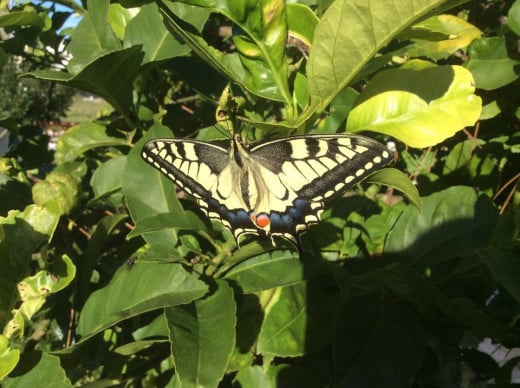
Pine Processionary Moth caterpillars
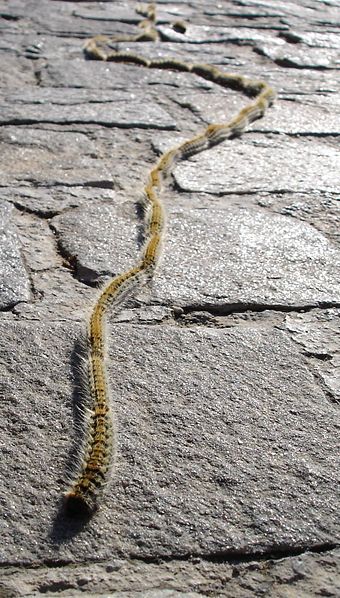
Butterflies and Moths
Clumps of Fennel can be easily identified because of the strong aroma of Anise from the bruised feathery leaves.
This plant is a food source for the caterpillars of the Swallowtail Butterfly (Papilio machaon), which can often be seen flying in these wooded areas. In the UK this butterfly is very rare indeed and only confined to the Norfolk Broads.
Speckled Wood butterflies (Pararge aegeria ssp aegeria) are also common and can be seen flitting through the dappled shade and sunlit glades. The caterpillar of this species feeds on various types of grass.
In early spring you may well see the curious silken tent nests of the Pine Processionary Moth (Thaumetopoea pityocampa) caterpillars spun up in the branches of the pine trees.
This moth gets its name because of the unusual behaviour of its larvae that follow each other in long processions when seeking a place to pupate.
Do not touch them though, whatever you do, because these caterpillars have stinging hairs that produce a painful irritation. Do not touch the silken tents of these larvae either. Many people suffer from an allergic reaction to the hairs of this caterpillar and dogs can get hurt by them too.
Pine Processionary Moth caterpillars
Southern Smooth Snake
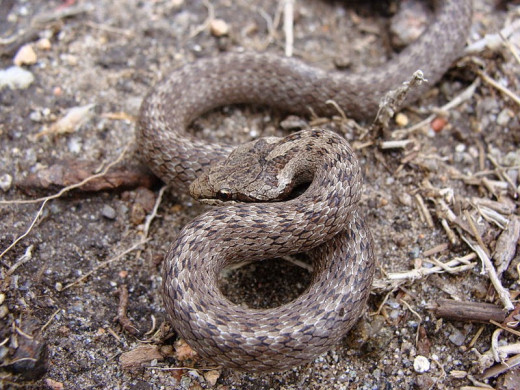
Reptiles - Smooth Snakes
The dry undergrowth and sandy heathland is a great habitat for Portuguese reptiles and you may well see lizards running to hide in the vegetation or basking in the sun.
One snake that frequents such areas is the Southern Smooth Snake (Coronella girondica). It hides under slabs of stone and under logs and mainly feeds on small reptiles.
It looks very similar to the Smooth Snake (C. austriaca) which is an exceedingly rare species in the UK, where it is limited to only a small number of sandy heaths and moors in England. Both types of Smooth Snake are harmless.
A river on a sandy bed

Portugal's forests are great walking areas and along rivers too
The forests of Portugal are wonderful places to explore if you enjoy rambling and are interested in the natural world. These woods make a great place to discover the wildlife of Portugal. The forests are threatened by fires, though, and some of these are caused deliberately by arsonists.
There are streams and rivers running through these sandy areas as well, and they are a much-needed home for wildlife in a world in which freshwater habitats are disappearing fast.
Surprisingly there is very little information available on the Internet about Portugal's forest that grow on sand. Hopefully this article will help change that!
© 2015 Steve Andrews

